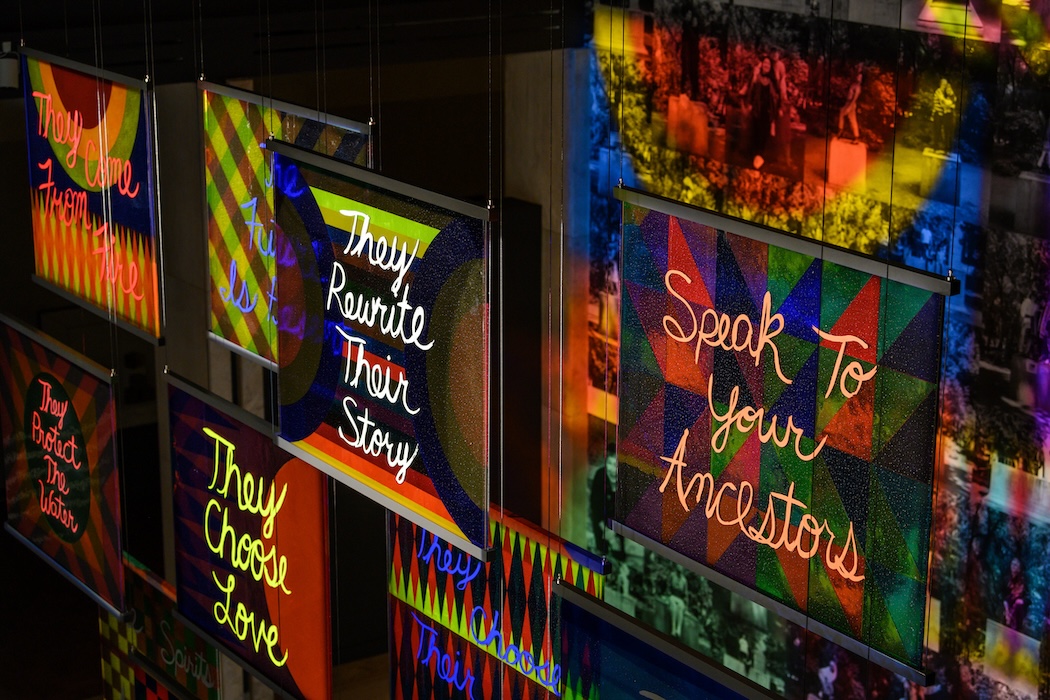This year we’re marking Whitewall‘s 10th anniversary with the launch of Whitewall.art. To celebrate, we’re looking back on some of our favorite interviews over the past decade in a series we’re calling “Whitewall Icons.” Below, relive our interview with Shirin Neshat (whose work is currently on view in Venice at Museo Correr in “The Home of My Eyes” and at Gladstone Gallery in “Dreamers“) from the summer 2012 issue.
—
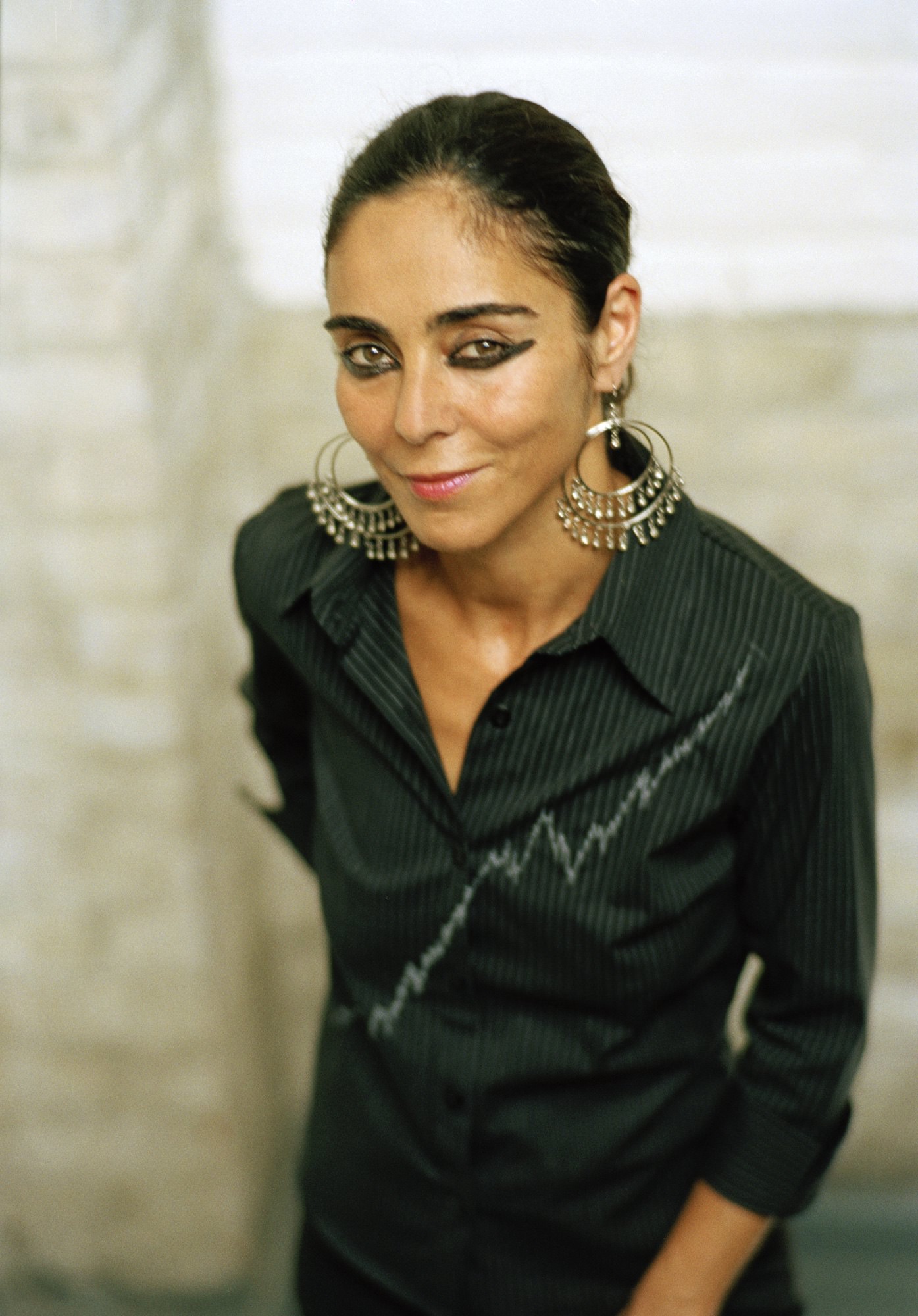
Photo by Lina Bertucci
Shirin Neshat—The Art of Conviction
By Eiman Aziz
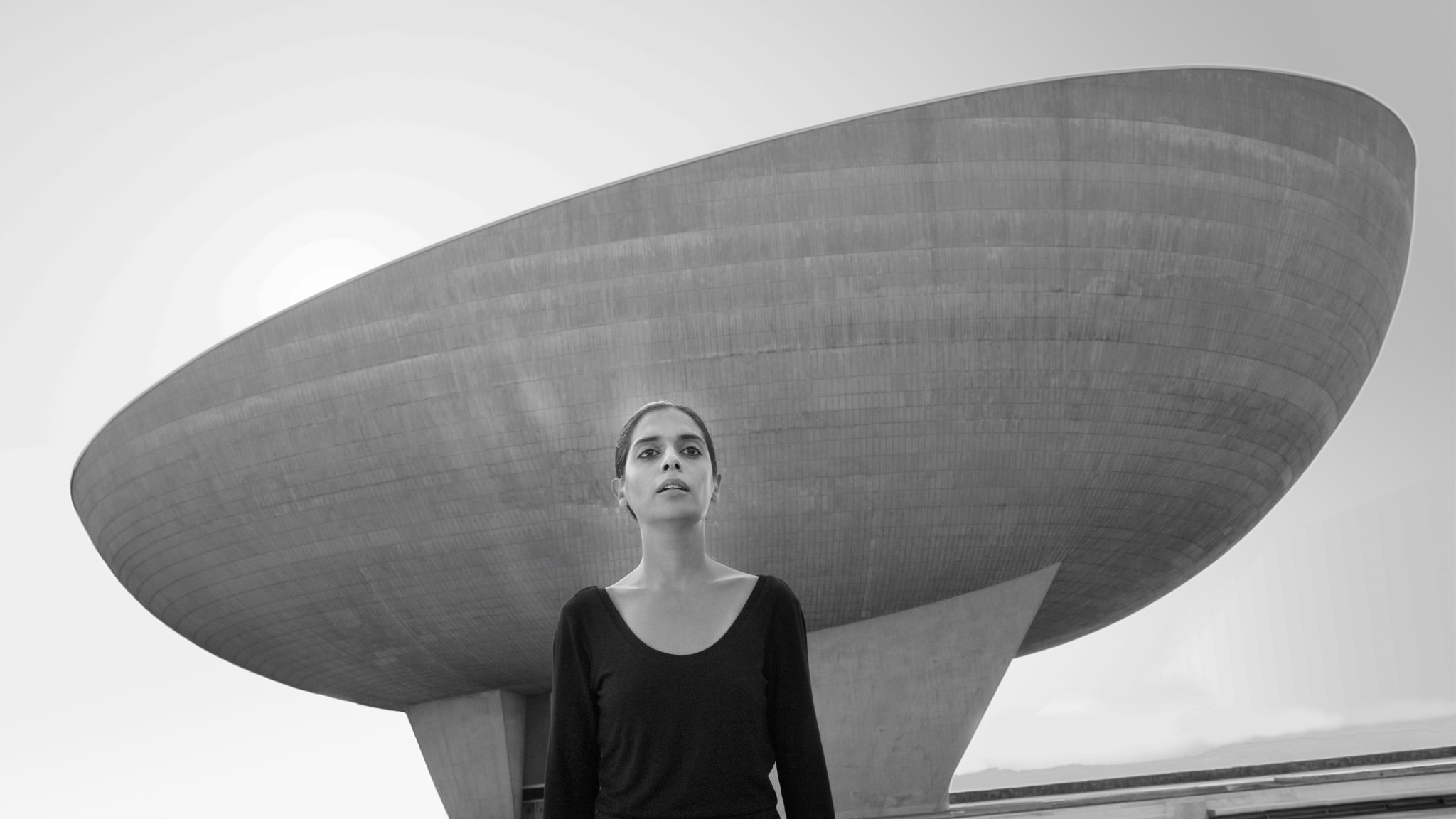
Shirin Neshat
Untitled, from Roja series
2016
Silver gelatin print
40 x 60 inches
Copyright Shirin Neshat
Courtesy of the artist and Gladstone Gallery, New York and Brussels
Recognized for her powerful and evocative images, which address social, political, and gender structures, the internationally acclaimed artist Shirin Neshat — whose work is banned in Iran — is constantly evolving a challenging dialogue with her global audience through video, film, and photography. A comprehensive monograph of Neshat’s work, published by Rizzoli, has documented all of her projects, including the poignant photography series “The Women of Allah” and stills from her videos and first feature film, Women Without Men.
Neshat’s recent exhibition, “The Book of Kings,” her fifth at Gladstone Gallery, presented a new series of photographs named after the Shahnameh, a long poem of seventh-century tragedies written by the Persian poet Ferdowsi. Divided into three groups — the Masses, the Patriots, and the Villains — her portraits of Iranian and Arab youth comprise black-and-white photographs overlaid with meticulously executed calligraphy on this ancient epic. Based in New York, Neshat is currently working on a video project with the Academy Award–winning actress Natalie Portman and will shoot her second feature film on the Egyptian singer and national icon Oum Kalthoum.
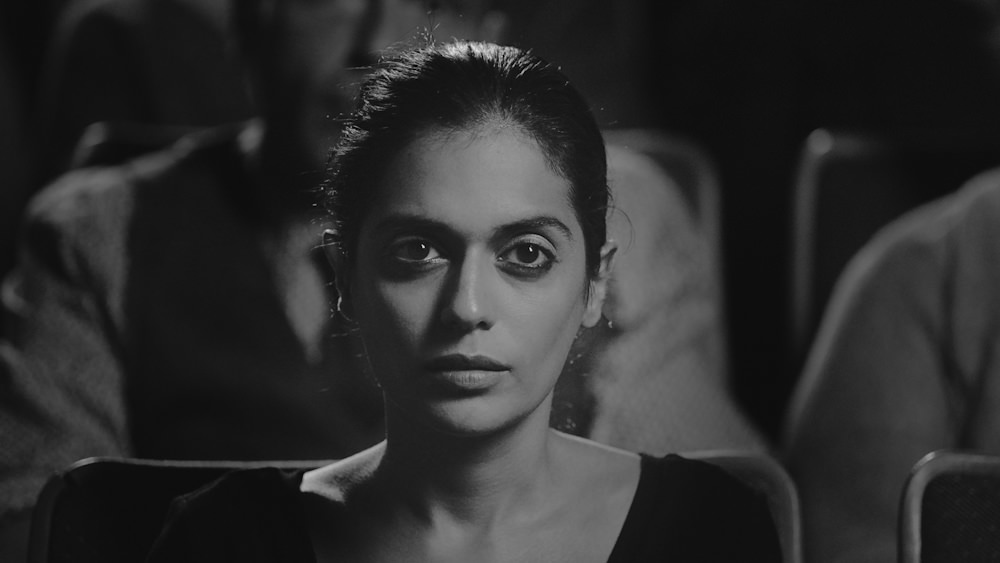
Shirin Neshat
Untitled, from Roja series
2016
Silver gelatin print
40 x 60 inches
Copyright Shirin Neshat
Courtesy of the artist and Gladstone Gallery, New York and Brussels
WHITEWALL: You have been working in film and in 2009 won the Silver Lion for Best Director at the Venice Film Festival for your directional debut based on Shahrnush Parsipur’s novel, Women without Men. How did it feel to win such a prestigious award especially since it was your first feature film?
SHIRIN NESHAT: It was an extraordinary, magical moment. It meant a lot to me because I really devoted myself so much to this project. The film was truly a labor of love. Everyone that knew me knew we really suffered to make this film. I’m not sure if suffering is a good sign for good work or not. It was just the faith in this project, and the importance of the book, the writer, the period of 1953 – and the fact that I really wanted to try and make film.
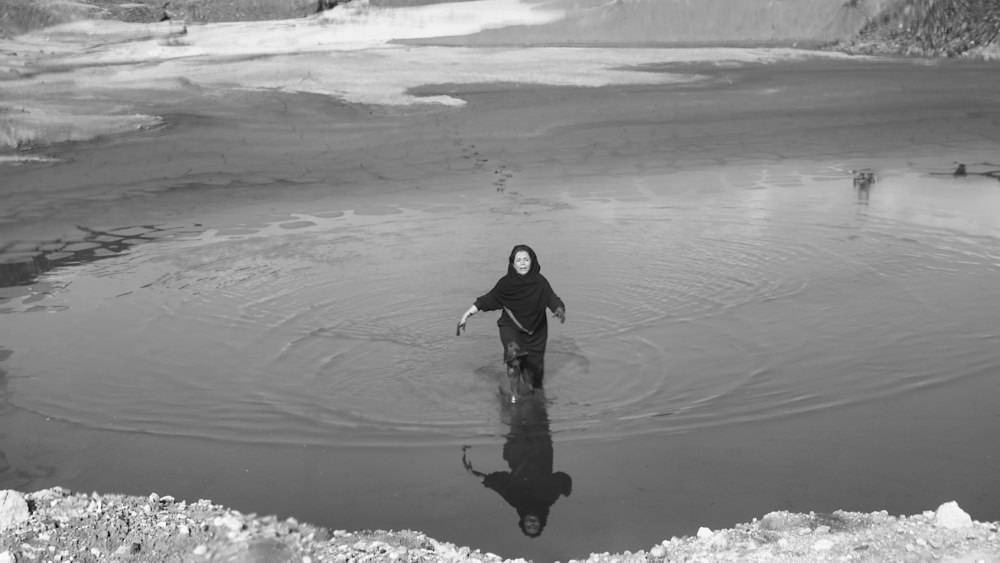
Shirin Neshat
Untitled, from Roja series
2016
Silver gelatin print
40 x 60 inches
Copyright Shirin Neshat
Courtesy of the artist and Gladstone Gallery, New York and Brussels
We shot in Morocco with little money. It took years to write the script and years to edit. The film is not main stream – it’s a slow complicated film, full of symbolism, and layers of ideas that are not possible to grab on the first viewing. The book is magic realism and very complicated literature to re-adapt into a film. You have people walking out after ten minutes or so, because it commands a special audience but then you have people who have seen it three times – it became like a cult film.
I think sometimes when you produce a work, you need to look at it years later, and analyze it, whether it has longevity. And I think with Women Without Men, will go down to have a life that I didn’t expect it would have so, I’m very pleased.
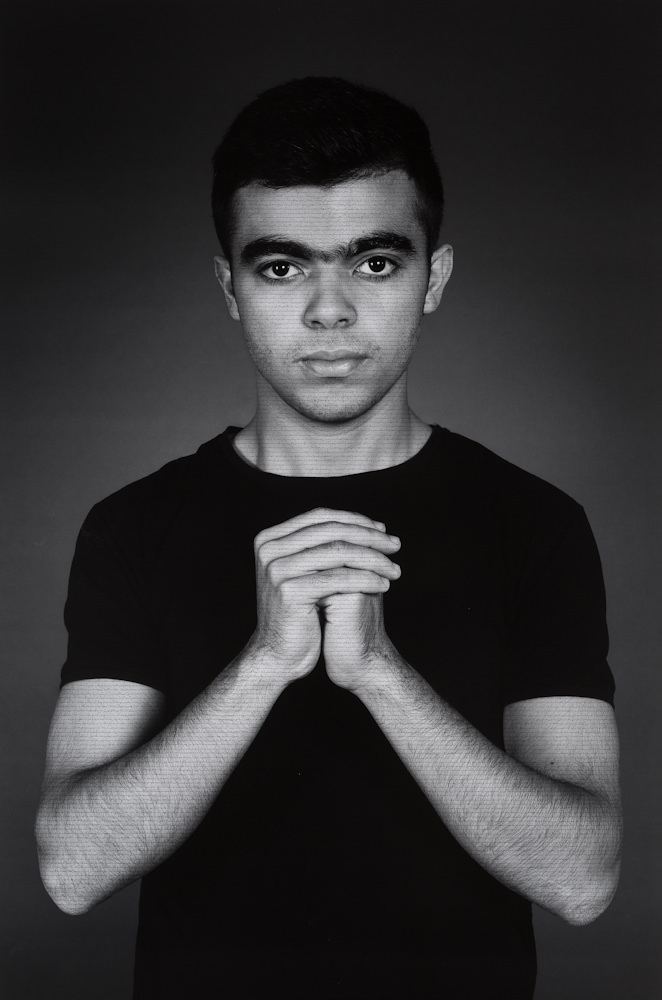
Shirin Neshat
Roja
2016
Video Still
Copyright Shirin Neshat
Courtesy of the artist and Gladstone Gallery, New York and Brussels
WW: What are your reflections about the Arab Spring and what the future holds for Egypt?
SN: It’s really hard to say. I think no Egyptian really knows what’s going to happen. Nobody knows what the future is about to bring. It’s the same with Iran. None of us really know what is happening. There is a state of uncertainty all the time. We, Shoja and I, feel it’s very important to put ourselves in places, cultures, and situations of reality where you feel the work you’re making is as honest as it could be. For that very reason, we’re moving to Cairo to live there while shooting the film. It’s tough leaving our lives and children to be there for an extended time but as people, as artists, as human beings, we feel the importance of being close to what is real. And we did that with Women Without Men – we lived in Morocco. I’m looking forward. Whatever happens in Egypt, we’ll be there. And I think it’s going to be beautiful to be with Egyptians going through this course of change.
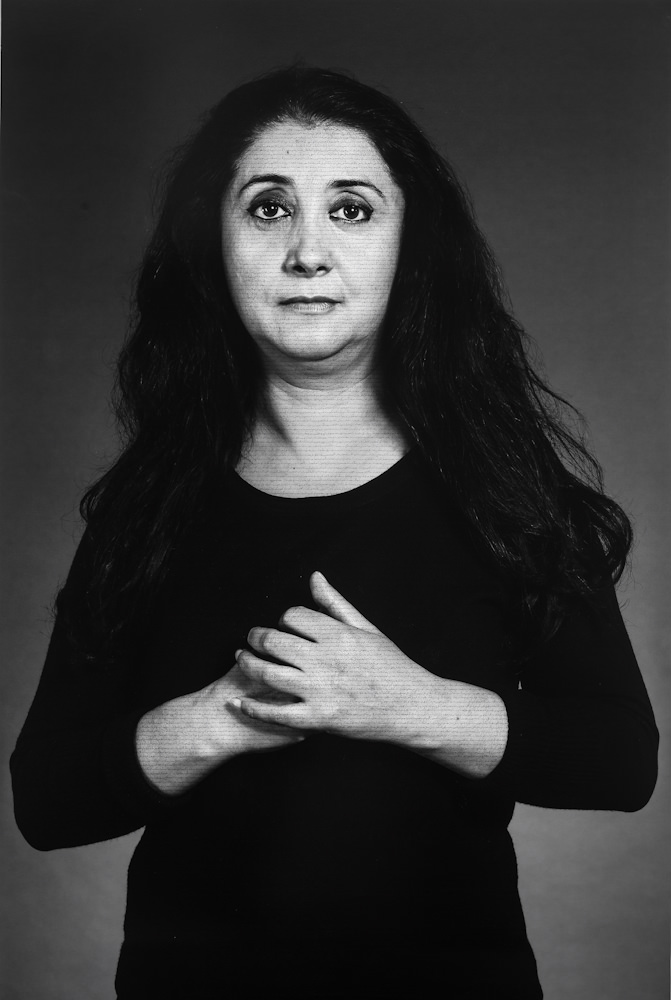
Shirin Neshat
Gizbasti, from The Home of My Eyes series
2015
Silver gelatin print and ink
60 x 40 inches
Copyright Shirin Neshat
Courtesy of the artist and Gladstone Gallery, New York and Brussels
WW: Historically, your artwork captures the struggle of social, cultural, and religious freedom. To finally have that euphoria of the “Arab Spring” — first starting in Tunisia, then Egypt, escalating throughout the Middle East — how does it feel from your perspective?
SN: I felt incredibly moved. I was at Tahrir Square, where there were a million people. I’d never, ever experienced anything like that — “the power of unity” . . . the voice of the people. Absolutely nothing could have broken that unity because of the sheer number of people on that day who were united in this revolution. And it’s the same in Iran, when we had the good days of a million people march, or maybe more than one million in the streets of Tehran, silent — it’s very powerful when people get united under the same cause. For most of the time, we go on thinking that we’re powerless. It’s just an incredibly exhilarating feeling when you feel, “You know what? I think we do have power, and things could change.”
WW: The momentum of the Arab Spring influenced your recent show at Gladstone Gallery, “The Book of Kings.” Can you expand on how it came to you?
SN: I think it started in 2009, when the Green Movement happened in Iran, and we had a really massive uprising by a lot of young people against the regime. I never made work that directly comments on issues such as that. But in the back of my mind, I knew that this event was really monumental. Then quickly after the Arab Spring happened all over the Middle East, I decided to make a body of work that depicted not only this tragedy, but this euphoric event of the masses taking control and revolting against dictatorships, against foreign interventions. What really struck me more than anything, symbolically speaking, was this confrontation between love of country, patriotism, and passion that individuals had for a change versus violence, killing, murder, and atrocities.
WW: Words have always been a vehicle as you intertwine them with your artwork. One of the photos in “The Book of Kings” portrayed a man’s fist over a storm of beautiful calligraphy on his chest. What do the words say?
SN: “Alas,” like a cry — “Alas, my house is on fire!” I used very minimal body language in order to convey characters that I was trying to depict. For example, this gesture that you saw in many of them is a gesture of love and patriotism; it’s universally known with the national anthem and across the world. The writings are either letters from prison by young people or poetry by Iranian women and men. And then the illustrations came directly from the Book of Kings. It was really about blending ideas aesthetically and visually, but also conceptually, the past and the present.
WW: In terms of calligraphy, this is the first time I am seeing different elements such as pictures engraved on the bodies. Why did you decide to use this type of symbolism?
SN: I thought it would be interesting to bring in elements of drawing and illustration. At the end, what is calligraphy? Calligraphy is a sacred form of art from the Islamic tradition, and it’s very beautiful. In both Persian and Islamic tradition of Iran, we have a great sense of design and iconography — motifs that are very aesthetically pleasing, but full of meaning. For me, it’s very similar to the calligraphy as it brings an added level of content, yet beautiful. So I took these directly out of the Book of Kings, and then we painted and printed the illustration on the bodies.
WW: You have been working in film and in 2009 won the prestigious Silver Lion for Best Director at the Venice Film Festival for your directional debut, Women Without Men, based on Shahrnush Parsipur’s magical realist novel. What was the biggest challenge in going from photography and video to feature film?
SN: Scriptwriting was something that I had underestimated. Normally in the film business, you have a director and then you have a scriptwriter. But in the independent film world, the director also is writing the script. I’d never written before. Of course I had partners in writing, and collaborators, but I think my biggest challenge was the actual writing of the script.
WW: You have had some interesting collaborations in the past, including with Roselee Goldberg and composer Philip Glass. In 1998, as you were producing Turbulent, you met the artist Shoja Azari, who has become your number-one collaborator and partner. How has it been to share in that creative process?
SN: Shoja has been involved with the development of my work ever since I started with video. Every video we have made, he has been involved in the discussion one way or another. We have very different positions and views, we disagree, and we fight about ideas. We are each other’s toughest critics, but also the biggest allies, in terms of being absolutely truthful. He trusts me with critiquing his work, and he helps me with my work. But now, I have to say, in Women Without Men, Shoya was an equal collaborator and will be co-director on the next film.
WW: Who have been your influences?
SN: With the photographs I always felt like I pioneered my own style. And of course, I’m educated in the West, so I know about art history. One single artist, or two, or a movement has never blown me away, but this is not the case with cinema. There have been really important filmmakers that just blew my mind and opened my eyes, including Andrei Tarkovsky, [Ingmar] Bergman, [Krzysztof] Kieślowski — a lot of Eastern European, Scandinavian, Russian directors. The ones that move me the most are poetic, philosophical, humanistic, and profound. I could say I’ve seen movies that have changed me deeply forever.
WW: Do you think you will stay within cinema?
SN: The power of cinema is the idea of storytelling and how people love to be told stories. And how stories really allow people to forget their own reality and enter another reality. But when you look at an object of art, it may be that it’s so powerful that you cannot stop thinking about it. But rarely do you give it more than that — you know what I mean? I think the experience of watching a movie where you’re fully absorbed for those two hours, as opposed to seeing a photograph passing in two seconds — the attention span somehow seems very different to me.
WW: How do you feel being a female artist in the landscape of both the art and film worlds?
SN: I have never followed any particular model — I’ve always found my own little niche. Both scenes are very competitive and very much male-dominated. Very few women, especially non-Western, have made a splash. I think I’ve been very lucky, because I never started anything with a form of strategy. Like, “I’m going to do this because it’s going to be very popular.” I always feel like my work is not trying to fight against somebody else’s work. It has its own signature. I’m an artist making a movie, so I’m not really a conventional filmmaker.
WW: You had optioned The Palace of Dreams, by Ismail Kadare, for your second feature film, but you have moved onto a new project?
SN: After Women Without Men, I was with Ismail Kadare, the writer of this book, The Palace of Dreams, from Albania. The nature of that culture is so similar to ours, in the way of the history of communism and oppression. This is a magnificent, almost surrealistic story. And I really wanted to make that film, optioned it, and still have it. But things took a different turn, and I’m now making a film on Oum Kalthoum.
WW: Oum Kalthoum is the greatest and probably the most acclaimed Egyptian singer in the Arab World — that’s amazing news.
SN: This is probably the greatest challenge of my life. As you are Egyptian, you know that she’s untouchable. Perhaps this is why no one has made a movie about her.
I find her fascinating as a topic — not only as a woman and artist, but one of the most significant characters of the 20th century of the Muslim world. Her funeral was the second-largest funeral in Egypt, which was after President Gamal Abdel Nasser. Four million people attended. She’s a woman who was loved for her music, but also loved for her notion of nationalism. The poor, the rich, the religious, and the nonreligious loved her. She’s a phenomenon. Together with Shoja, we’re trying to do our best to approach a film that doesn’t just make her into a hero, but really gives a glimpse into the complexity of who she was, and her relevance today.
WW: What inspired you specifically to Oum Kalthoum versus other singers — let’s say Fairuz, also one of the most known and powerful Arab singers?
SN: I think the pattern of her success as a singer was very different than all the other woman singers around the world — her history and fame. She was not beautiful. She was not a drug addict. She was not an alcoholic. Men did not abuse her. When you look at Edith Piaf, or Billie Holiday, they have very tragic endings. It’s been very hard for women to be successful — like you see today, singers like Whitney Houston and Amy Winehouse, who died young. There is pattern of women who reach the limelight and become very self-destructive; it’s unbearable for them. They drop very fast in their popularity. She’s a phenomenon, Oum Kalthoum, because she just reinvented herself, and she was loved by the country for her music, but then later to help her country. She’s a very complicated artist; it’s not a one-dimensional, simplistic story. And I just find it fascinating that as artists, as women, we can be so self-determined. Not to say that she didn’t have negative qualities. She was human. And even though I’m not Egyptian, I just take a lot of pride that she was a Muslim woman who reached such heights.
WW: In June you will move to Cairo to shoot the film on Oum Kalthoum. How does it feel to be moving to the land of pharaohs and Cleopatra, who was said to be the most charming woman in the world?
SN: It’s funny, we actually took a weeklong ride on the Nile, and we visited all these tombs and temples. And I was so struck by the makeup [laughs]. Everything was faint and the color had disappeared on some of these historic structures except this black outline of the eyes — it just never disappeared [laughs]. So I said, “I must have been an Egyptian in my past life.” Really, every eye I looked at, there was this beautiful black outline. I just loved it.
WW: When did your “Egyptian Eyes,” that have now become such a signature, come to be?
SN: Ever since I have known myself. Ever since I was a young adult. I don’t know how it came about, but the eyes just slowly got thicker and thicker. People think I really sat around, and planned it — no Iranian actually does it like that. But you know, I have it where if I have to walk my dog and I get up in the morning, I have to make sure that I do that, and I’m thinking, “Who puts on makeup to go walk the dog?” It’s really become just like putting clothes on — it’s a psychological thing. But it’s not a fashion statement; it just came to be what I felt comfortable with . . .
WW: What other projects are you working on?
SN: I’m actually making a short video with Natalie Portman, where she will be acting. It’s a video piece that I was commissioned to do for France, for an exhibition of women artists. And she and I are developing it right now. We are going to be shooting in April. So, yes, I’m changing and still exploring video, movies, and as you can see, photography.






